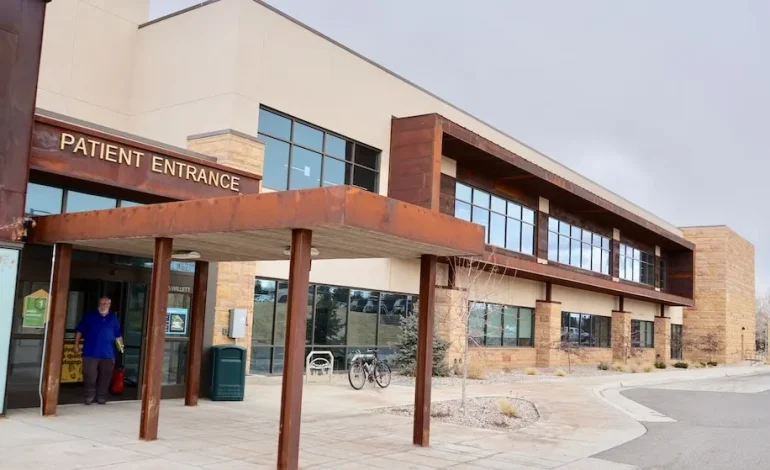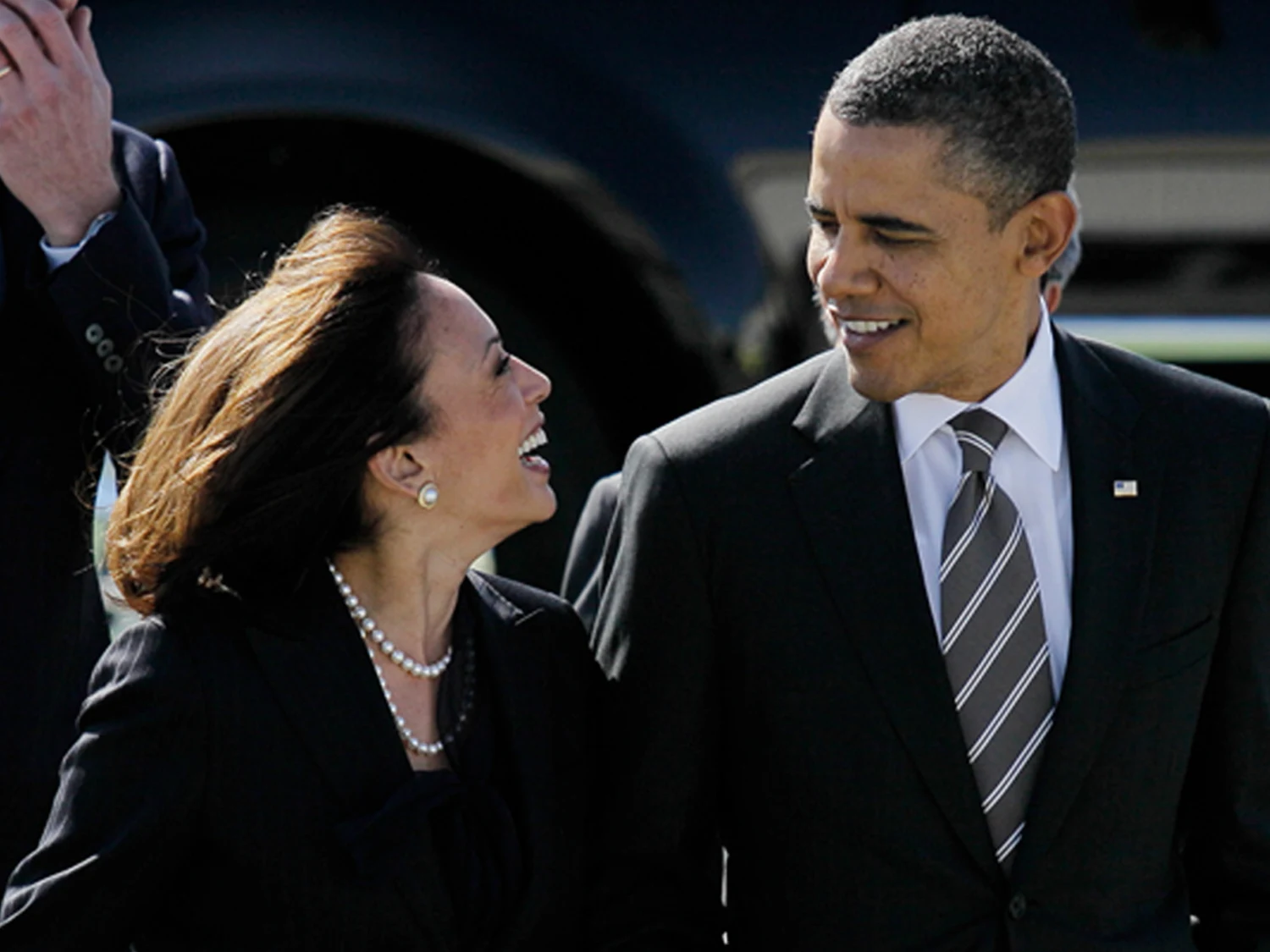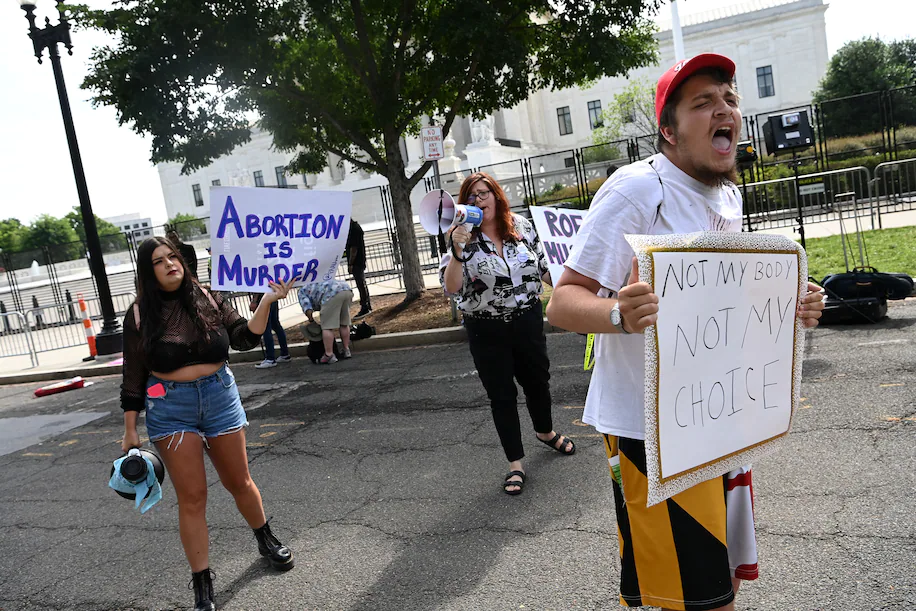As Wyoming’s 15 hospital districts prepare for an expected drop in property tax revenue, health care leaders across the state are warning of significant impacts to rural medical services, already stretched thin by rising costs and staffing challenges, WyoFile reports.
The Sublette County Hospital District, which is racing to open a brand-new hospital by July 1, is one of many special districts now grappling with the financial fallout of Senate File 69 — a recently signed law that reduces residential property tax burdens. The legislation applies a 25% exemption on the first $1 million of assessed value for single-family homes, shrinking the tax base for local services funded by voter-approved mill levies.
“We’re deep in the throes of getting everything ready to go,” said district board chair Tonia Hoffman. “To hear about the tax cut at this stage — it was not good news.”
The mill levy had previously generated over $12 million in 2022–2023 for Sublette’s hospital district, which will now see a decline in collections, along with districts overseeing cemeteries, fire protection, irrigation, and other local services across the state.
While Hoffman said the district has been planning for possible budget adjustments, the overall financial picture is “concerning,” especially amid broader shifts in state tax policy and mineral industry payment schedules.
“It will have an unfortunate effect, I think, on every small rural hospital in the state,” she said.
Wyoming lawmakers passed multiple property tax relief bills in 2024 in response to sharp increases in home valuations. Senate File 69 was one of the most consequential for local services, and while the Legislature debated whether to backfill lost revenues, the final law offered no replacement funding.
Governor Mark Gordon, who signed the bill into law in March, acknowledged the challenges the cuts could bring:
“Now the practical impacts of this legislation will need to be navigated by our cities, counties, special districts and citizens.”
Those impacts are already being felt. Many special districts, including hospital districts, use mill levy revenue to fund essential services such as charity care, staffing, senior living facilities, and equipment upgrades.
Josh Hannes, Vice President of the Wyoming Hospital Association, said the cut is another strain on a sector already under pressure from rising costs and shifting demographics.
“Every one of Wyoming’s 19 Critical Access Hospitals operated at a loss in 2023,” Hannes said. “When you take 25% of residential tax revenue away, that’s going to be an issue.”
According to a recent report by the Center for Healthcare Quality and Payment Reform, eight of Wyoming’s hospitals are considered “at risk of closing.”
Districts are responding in various ways depending on their financial health. In Teton County, St. John’s Health receives around $12.3 million annually from a 3-mill levy. That funding roughly matches the cost of unreimbursed care for patients, according to Chief Communications Officer Karen Connelly.
“Senate File 69 is one of several pressures challenging sustainability,” Connelly said, citing workforce costs and shifts toward Medicare reimbursements as additional factors.
In Albany County, Ivinson Memorial Hospital CEO Doug Faus said careful budgeting has allowed the district to build up reserves.
“We save money for a rainy day because we know the rainy day is coming — and it looks like the clouds are forming,” Faus said.
Ivinson uses its $2.2 million in mill levy funding to provide charity care for county residents.
In Sublette County, the stakes are especially high. The district has spent years preparing to open the county’s first hospital, which will include a 10-bed inpatient wing and a similarly sized long-term care facility. The project has been funded through a mix of mill levies, county support, and private donations.
District leaders are now tasked with balancing final construction, staffing, and logistics with an uncertain financial outlook. Early funding projections were based on higher property tax collections, which may not materialize under the new law.
“Like every hospital district in the state, we’re looking at how to pivot,” Hoffman said. “We have to figure out how to work against this — or how to maintain revenues during a really challenging time.”










The latest news in your social feeds
Subscribe to our social media platforms to stay tuned